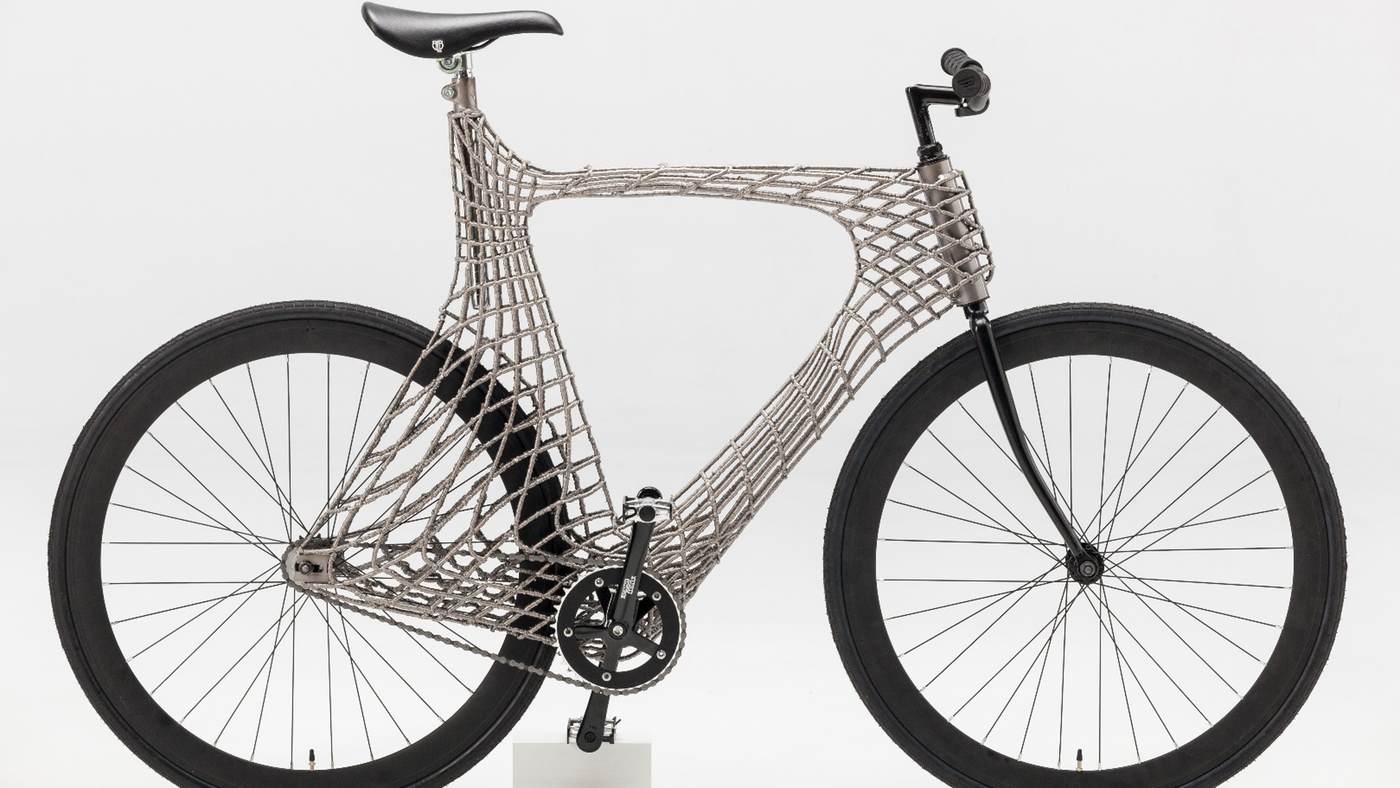
Although they’re still far from being common, 3D-printed metal bicycle frames do now exist. Usually they’re made using a sintering process, in which a laser is utilized to selectively melt steel powder, building it up in successive layers. Now, however, a team of students at the Delft University of Technology (TU Delft) in the Netherlands has taken another approach – they’ve created the world’s first stainless steel bike made via a welding-based 3D-printing technique.
The students worked with Amsterdam-based company MX3D, which helped bring us the Mataerial 3D printer in 2013. Unlike traditional 3D printers, which build up objects horizontally on a flat stage, the Mataerial uses a robotic arm to extrude resin onto horizontal or vertical surfaces. Those columns of resin can be curved and linked together as they’re being extruded, quickly hardening into modern art-like creations.
via Gizmag
Image: TU Delft






